Teams of astronomers used the combined power of NASA's Hubble and James Webb space telescopes to revisit the legendary Vega disk.
Teams of astronomers used the combined power of NASA 's Hubble and James Webb space telescopes to revisit the legendary Vega disk.
Webb sees the infrared glow from a disk of particles the size of sand swirling around the sizzling blue-white star that is 40 times brighter than our Sun. Hubble captures an outer halo of this disk, with particles no bigger than the consistency of smoke that are reflecting starlight. "We're seeing in detail how much variety there is among circumstellar disks, and how that variety is tied into the underlying planetary systems. We're finding a lot out about the planetary systems -- even when we can't see what might be hidden planets," added Su."There's still a lot of unknowns in the planet-formation process, and I think these new observations of Vega are going to help constrain models of planet formation.
Planets are suggested as shepherding bodies around Fomalhaut that gravitationally constrict the dust into rings, though no planets have been positively identified yet."Given the physical similarity between the stars of Vega and Fomalhaut, why does Fomalhaut seem to have been able to form planets and Vega didn't?" said team member George Rieke of the University of Arizona, a member of the research team.
Stars Space Telescopes NASA Astronomy Space Missions Space Exploration Galaxies
United States Latest News, United States Headlines
Similar News:You can also read news stories similar to this one that we have collected from other news sources.
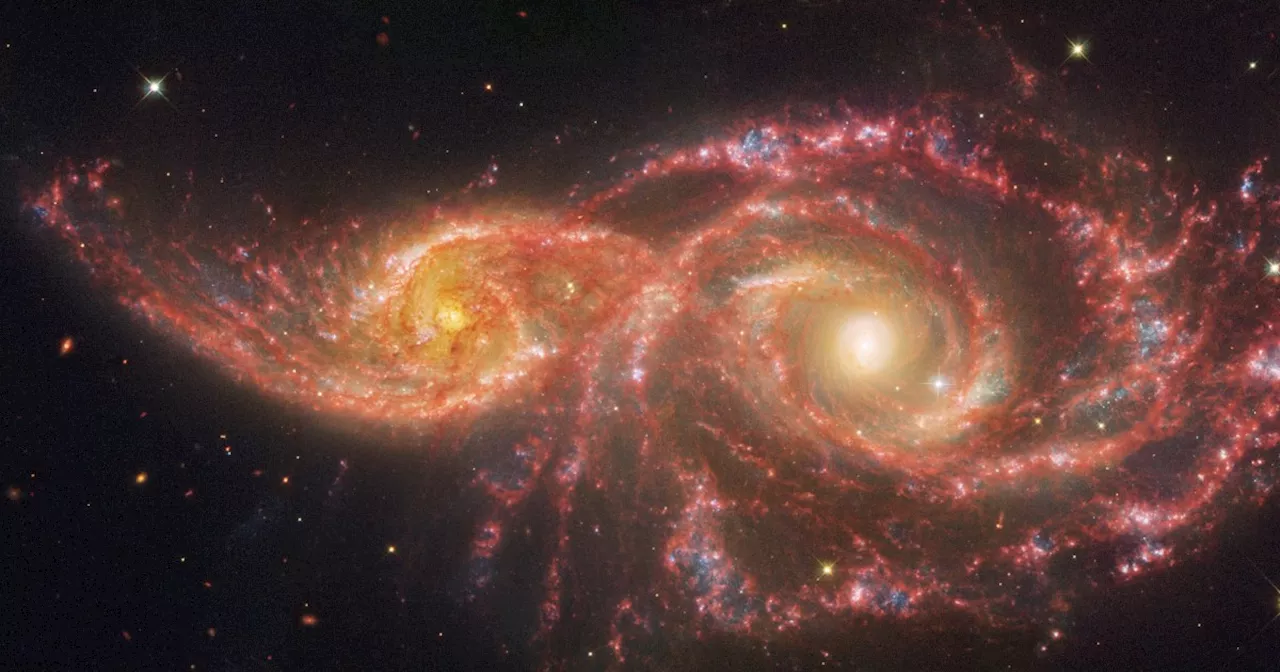 Creepy cosmic eyes stare out from space in Webb and Hubble imageIn time for Halloween, the Webb and Hubble space telescopes have worked together to image a creepy pair of cosmic eyes.
Creepy cosmic eyes stare out from space in Webb and Hubble imageIn time for Halloween, the Webb and Hubble space telescopes have worked together to image a creepy pair of cosmic eyes.
Read more »
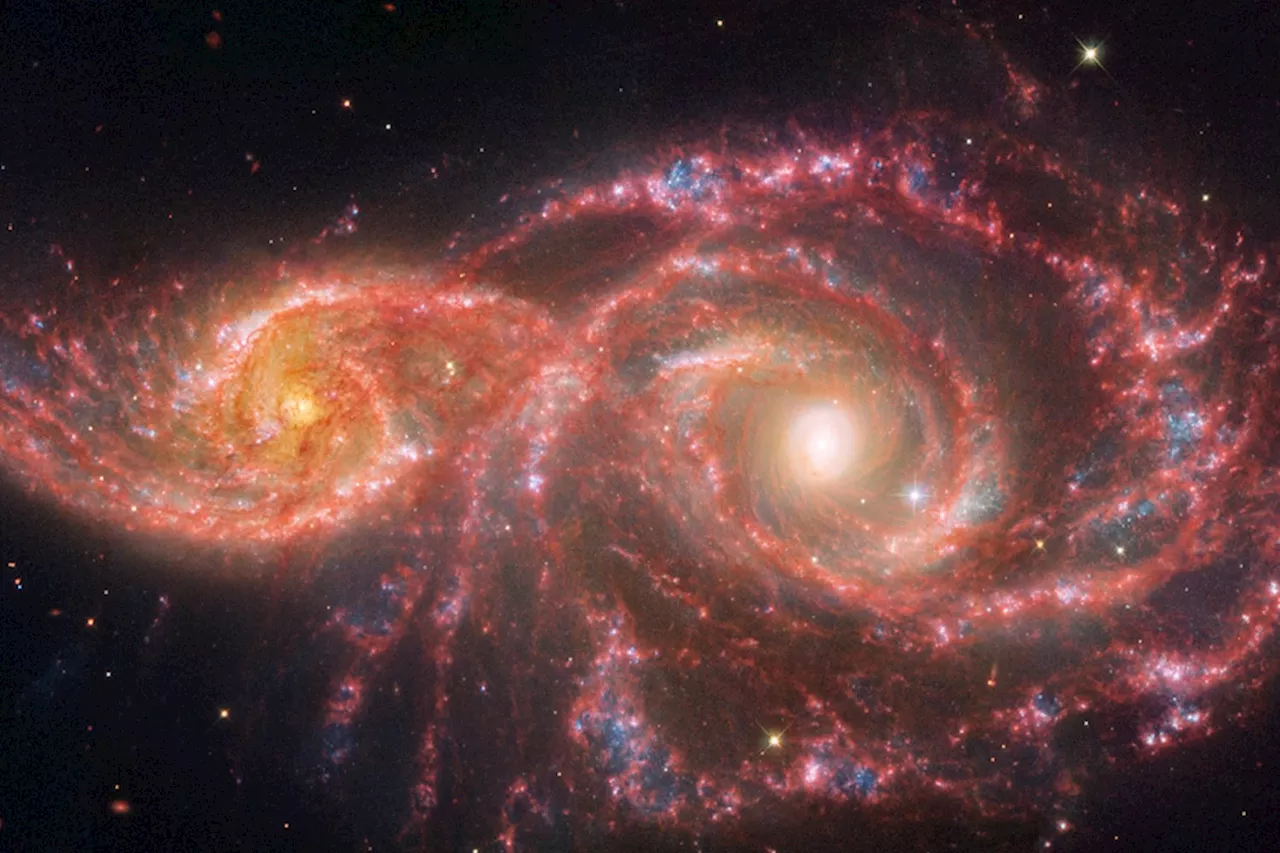 Hubble and Webb Team Up to Reveal ‘Bloody Eyes’ Glaring at EarthThe two galaxies are inching closer together before they merge, a process that will take millions of years.
Hubble and Webb Team Up to Reveal ‘Bloody Eyes’ Glaring at EarthThe two galaxies are inching closer together before they merge, a process that will take millions of years.
Read more »
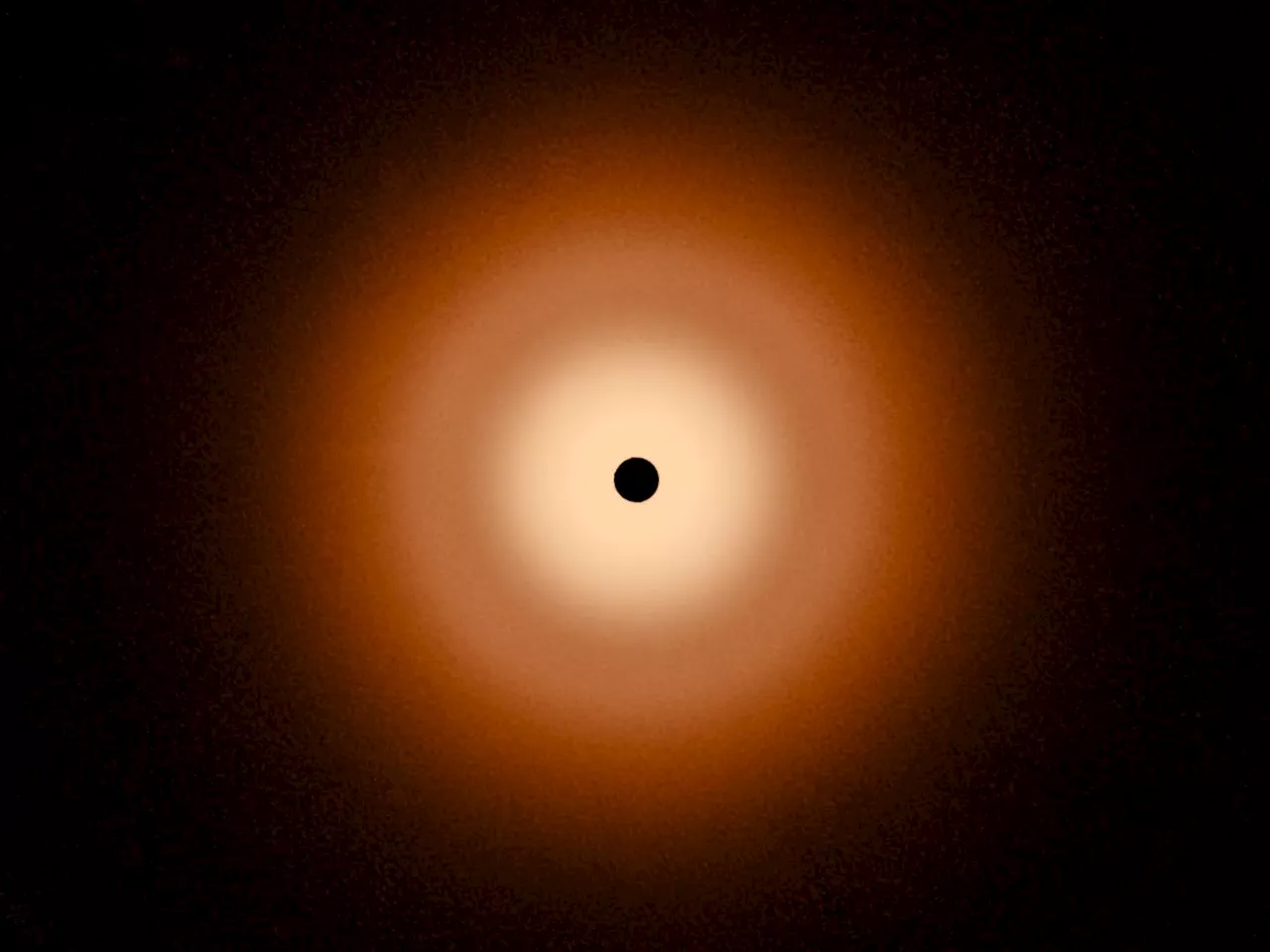 Webb Telescope Sees Perfect Circle Around Vega, Leaving Astronomers PuzzledJamie Carter is an award-winning reporter and experienced stargazer who covers the night sky, astro-tourism, the northern lights and space exploration. He received the 2023 Popular Media Award from the American Astronomical Society's Solar Physics Division and is the author of A Stargazing Program for Beginners. Writing for Forbes.
Webb Telescope Sees Perfect Circle Around Vega, Leaving Astronomers PuzzledJamie Carter is an award-winning reporter and experienced stargazer who covers the night sky, astro-tourism, the northern lights and space exploration. He received the 2023 Popular Media Award from the American Astronomical Society's Solar Physics Division and is the author of A Stargazing Program for Beginners. Writing for Forbes.
Read more »
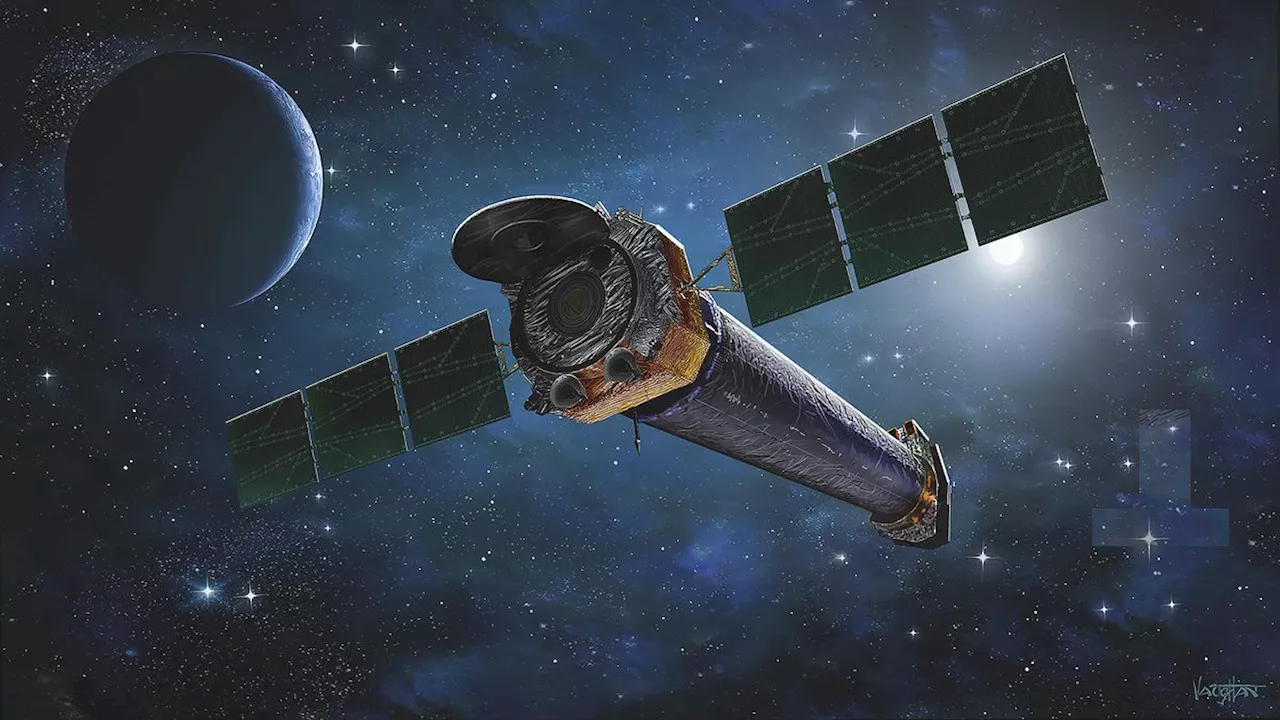 NASA delays budget-cut decision about Hubble and Chandra space telescopesKeith Cooper is a freelance science journalist and editor in the United Kingdom, and has a degree in physics and astrophysics from the University of Manchester.
NASA delays budget-cut decision about Hubble and Chandra space telescopesKeith Cooper is a freelance science journalist and editor in the United Kingdom, and has a degree in physics and astrophysics from the University of Manchester.
Read more »
 In odd galaxy, NASA's Webb finds potential missing link to first starsLooking deep into the early universe with NASA's James Webb Space Telescope, astronomers have found something unprecedented: a galaxy with an odd light signature, which they attribute to its gas outshining its stars.
In odd galaxy, NASA's Webb finds potential missing link to first starsLooking deep into the early universe with NASA's James Webb Space Telescope, astronomers have found something unprecedented: a galaxy with an odd light signature, which they attribute to its gas outshining its stars.
Read more »
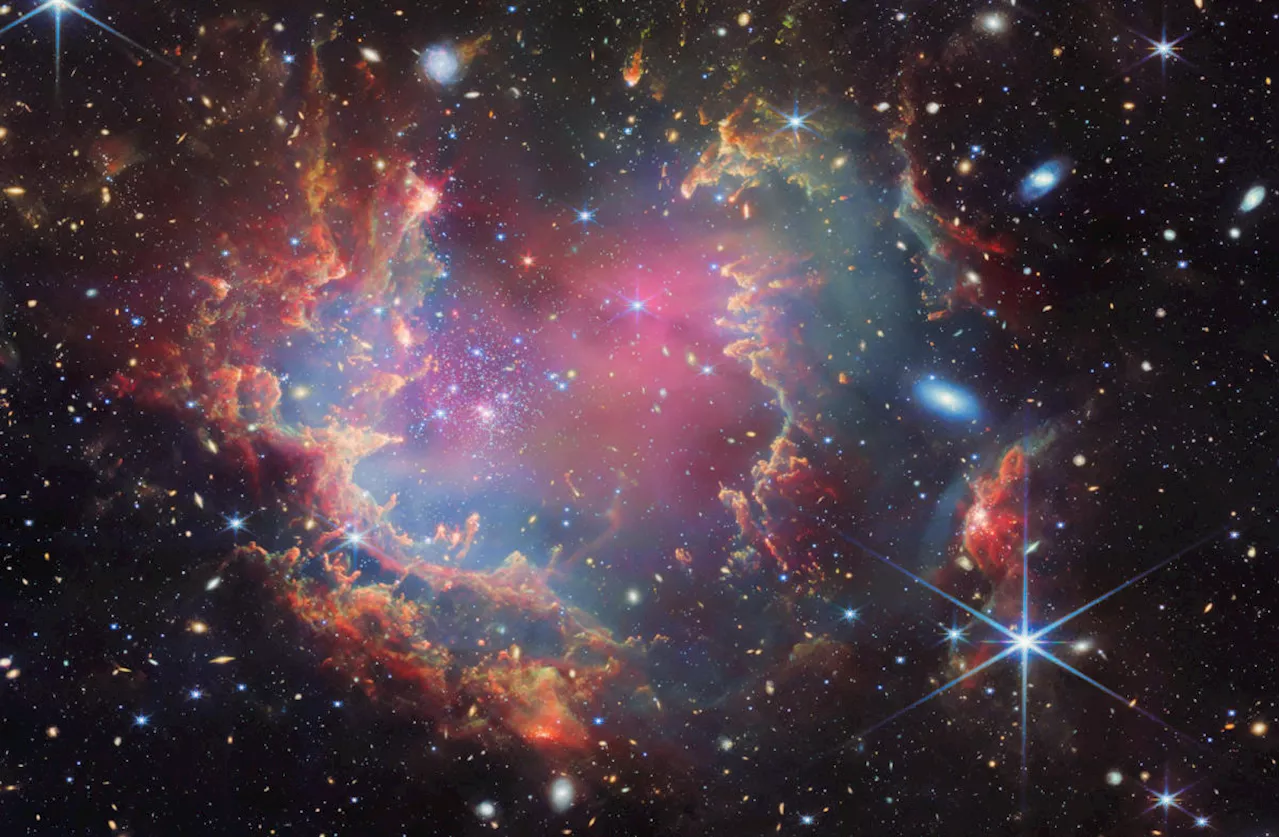 NASA's Webb telescope detects the first potential brown dwarfs outside our galaxyMariella Moon has been a night editor for Engadget since 2013, covering everything from consumer technology and video games to strange little robots that could operate on the human body from the inside one day. She has a special affinity for space, its technologies and its mysteries, though, and has interviewed astronauts for Engadget.
NASA's Webb telescope detects the first potential brown dwarfs outside our galaxyMariella Moon has been a night editor for Engadget since 2013, covering everything from consumer technology and video games to strange little robots that could operate on the human body from the inside one day. She has a special affinity for space, its technologies and its mysteries, though, and has interviewed astronauts for Engadget.
Read more »
